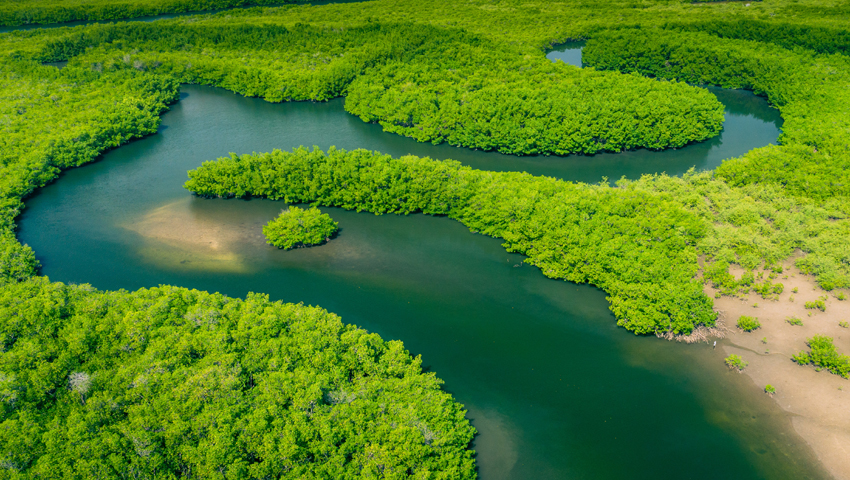ECOLOGICAL collapse could start sooner than previously thought, according to a new study that models how tipping points can amplify and accelerate one another.
The Guardian reports that based on these findings, the study authors warn that “more than a fifth of ecosystems worldwide, including the Amazon rainforest, are at risk of a catastrophic breakdown within a human lifetime.”
Prof Simon Willcock of Rothamsted Research, who co-led the study said “It could happen very soon – we could realistically be the last generation to see the Amazon.”
The research, which was published in Nature Sustainability, is likely to generate debate. Compared with many other long-established aspects of climate science, the science of tipping points and their interactions is relatively undeveloped.
Ecosystem tipping points occur when systems, such as the Amazon rainforest or the Antarctic ice sheet, are no longer able to sustain themselves and tip into irrevocable collapse.
Previous studies have supported the idea that Earth’s subsystems interact which each other to the extent that an abrupt shift in one raises the probability that a shift may occur in another.
Using four ecosystem models, the new study explores how these interactions may alter the timing of abrupt threshold-dependent changes (ATDCs) through the effects of strengthened drivers, multiple drivers and higher internal variability or noise.
The UK-based researchers say that “A major concern for the world’s ecosystems is the possibility of collapse, where landscapes and the societies they support change abruptly.
“Accelerating stress levels, increasing frequencies of extreme events and strengthening inter-system connections suggest that conventional modelling approaches based on incremental changes in a single stress may provide poor estimates of the impact of climate and human activities on ecosystems.”
The scientists conducted experiments on four models that simulated abrupt changes in the Chilika lagoon fishery, the Easter Island community, forest dieback and lake water quality. These, they say, represent ecosystems with a range of anthropogenic interactions.
The research showed that under increasing levels of primary stress, collapses happen sooner, but additional stresses and/or the inclusion of noise in all four models bring the collapses substantially closer to today, by around 38–81%.
The researchers say that “Overall, we find that, as the strength of a main driver increases, the systems collapse sooner. Adding multiple drivers brings collapses further forward, as does adding noise, and the two effects can be synergistic. However, the relative importance of these changes varies across systems.
“The commonality of findings across four well-studied ecosystems has potentially profound implications for our perception of future risks associated with the climate and ecological crises.
“While it is not currently possible to predict how climate-induced ATDCs and the effects of local human actions on ecosystems connect across temporal and spatial scales, our findings show the potential for each to reinforce the other.
“The ability of present policy and practice to prevent an ever-deepening vortex of degradation in local and regional ecosystems requires urgent investigation.”
The scientists conclude that humanity must “be vigilant for signs that ecosystems are degrading even more rapidly than previously thought.”
